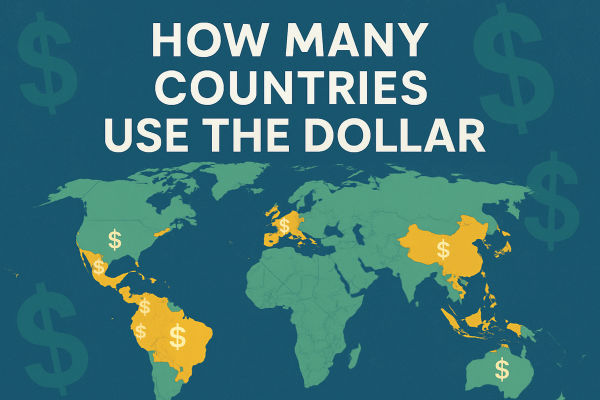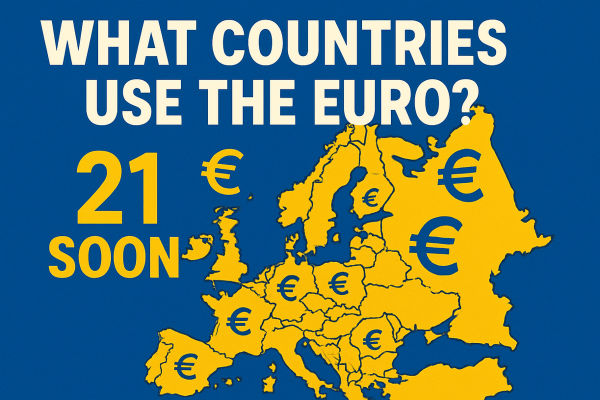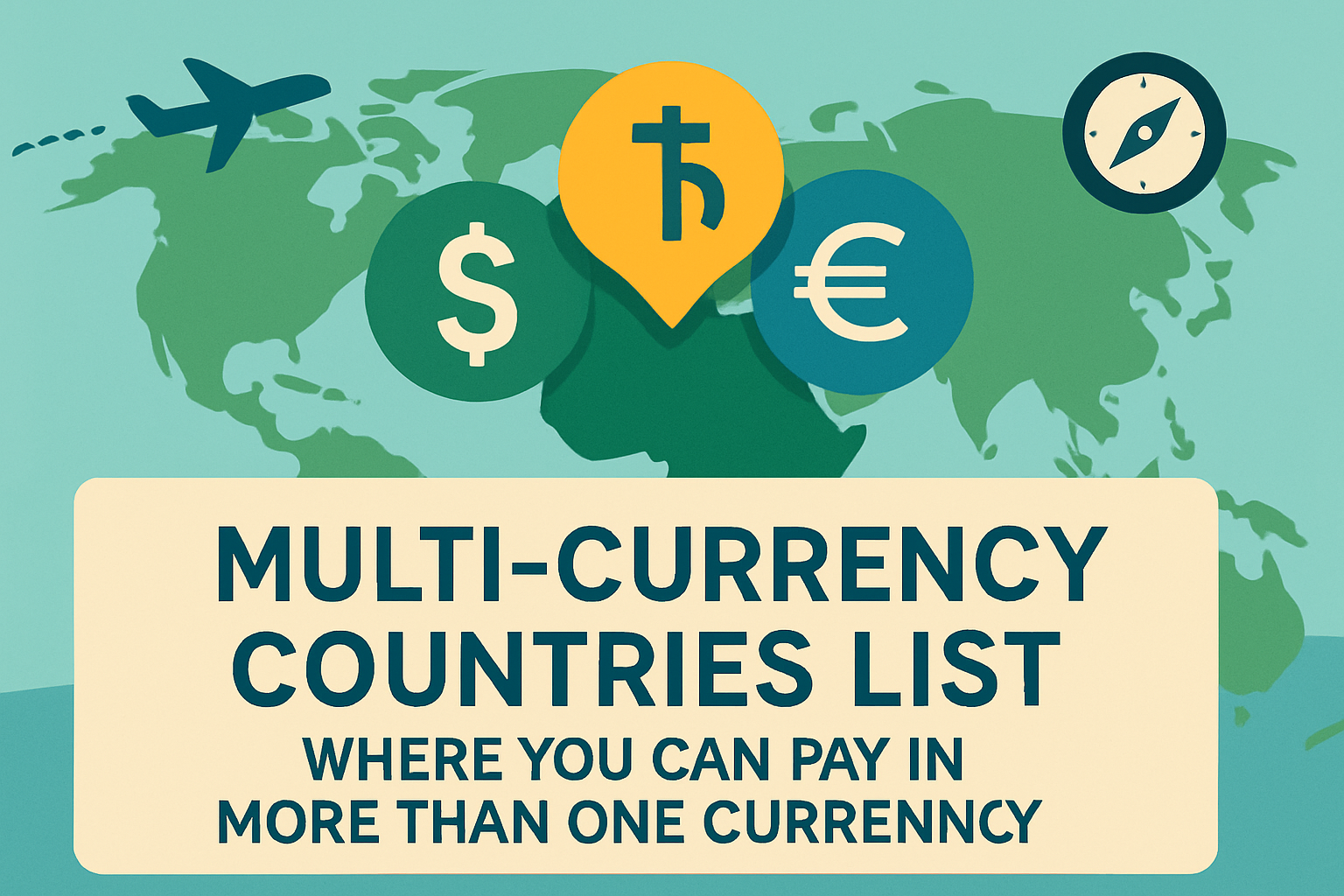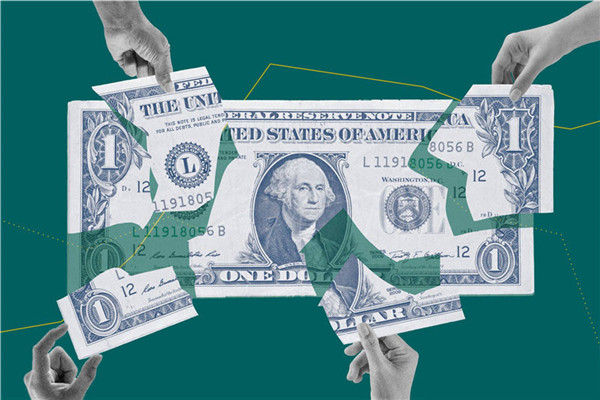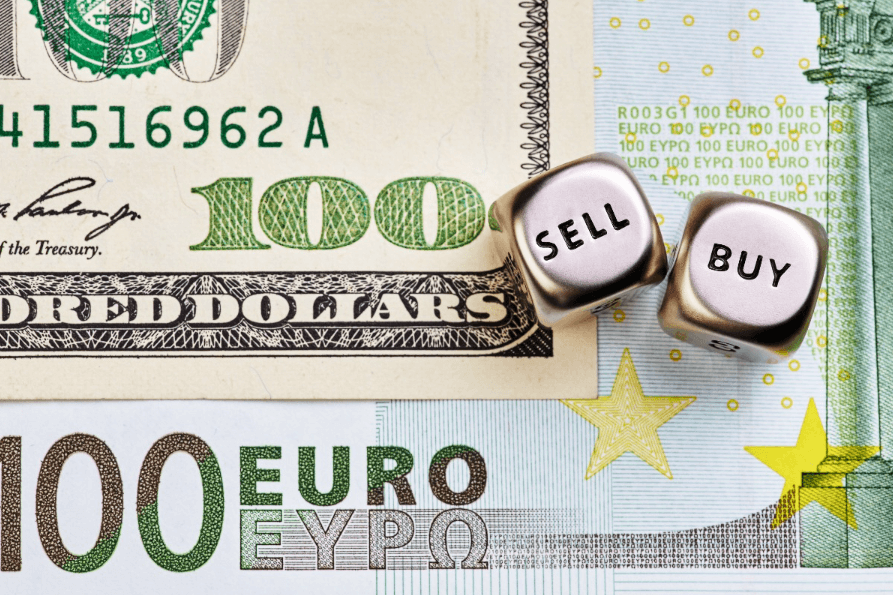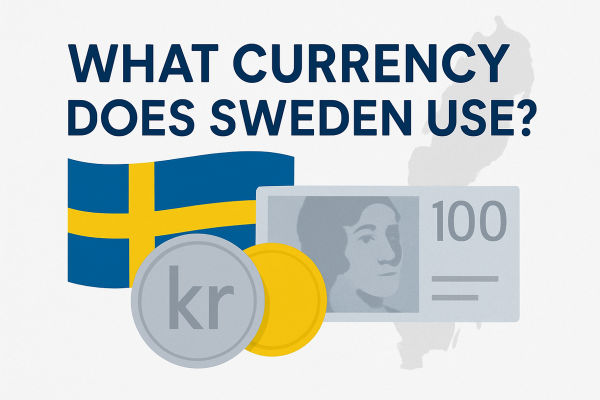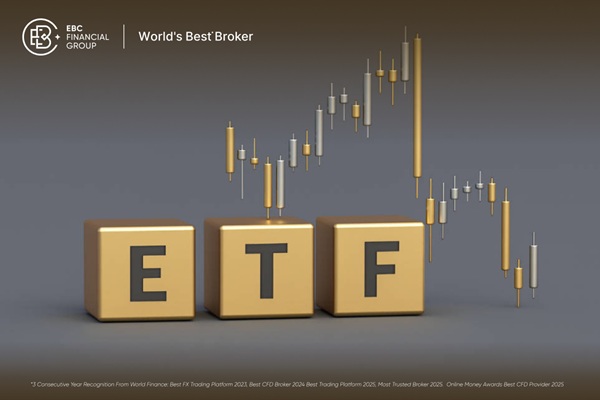The United States dollar (USD) remains the cornerstone of global finance in 2025. While it's widely recognised as the world's primary reserve currency, fewer may realise that an ever-growing number of countries and territories have adopted the USD as their official legal tender, or use it extensively alongside their own currencies.
In total, 17 sovereign nations and over a dozen territories now rely directly on the greenback, with additional states pegging or de facto using it without formal adoption.
This article breaks down who uses the dollar, why they do, and what it means for global trade, finance, and geopolitics today.
What Qualifies as "Using the Dollar"?
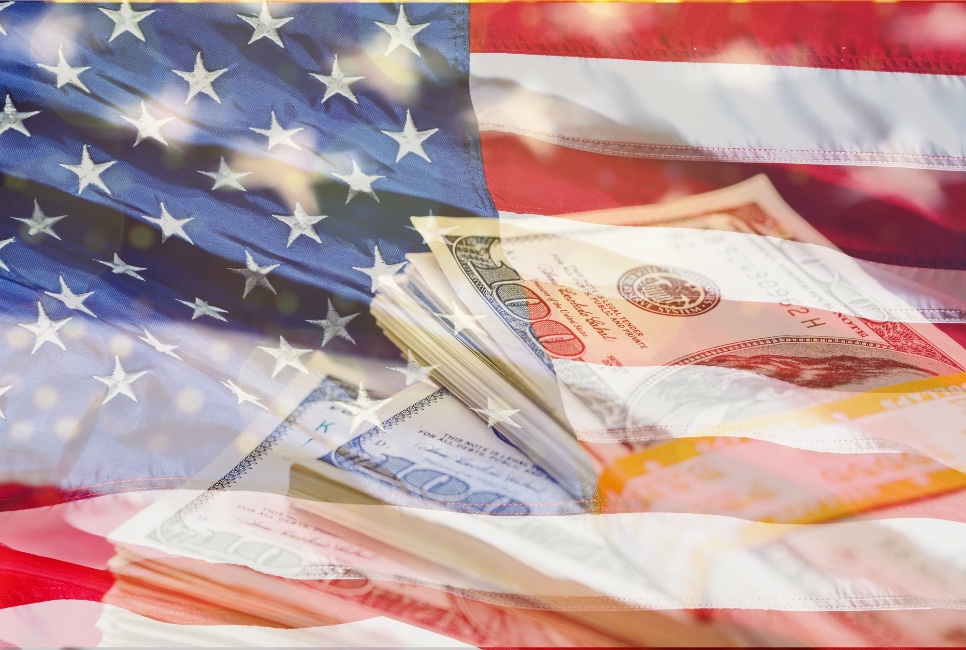
When discussing USD usage, it's essential to distinguish between:
Official Dollarisation: Countries or territories that issue no domestic currency and use the USD exclusively.
Co-official Usage: Places that have a local currency but use USD interchangeably at a fixed rate.
De facto Usage: Regions where USD circulates widely in daily transactions without legal backing, tourist hot spots, border towns, or high-inflation zones.
This article covers official dollarised nations, co-official usage, and the influence of the dollar through unofficial adoption.
How Many Countries Use the Dollar Only?
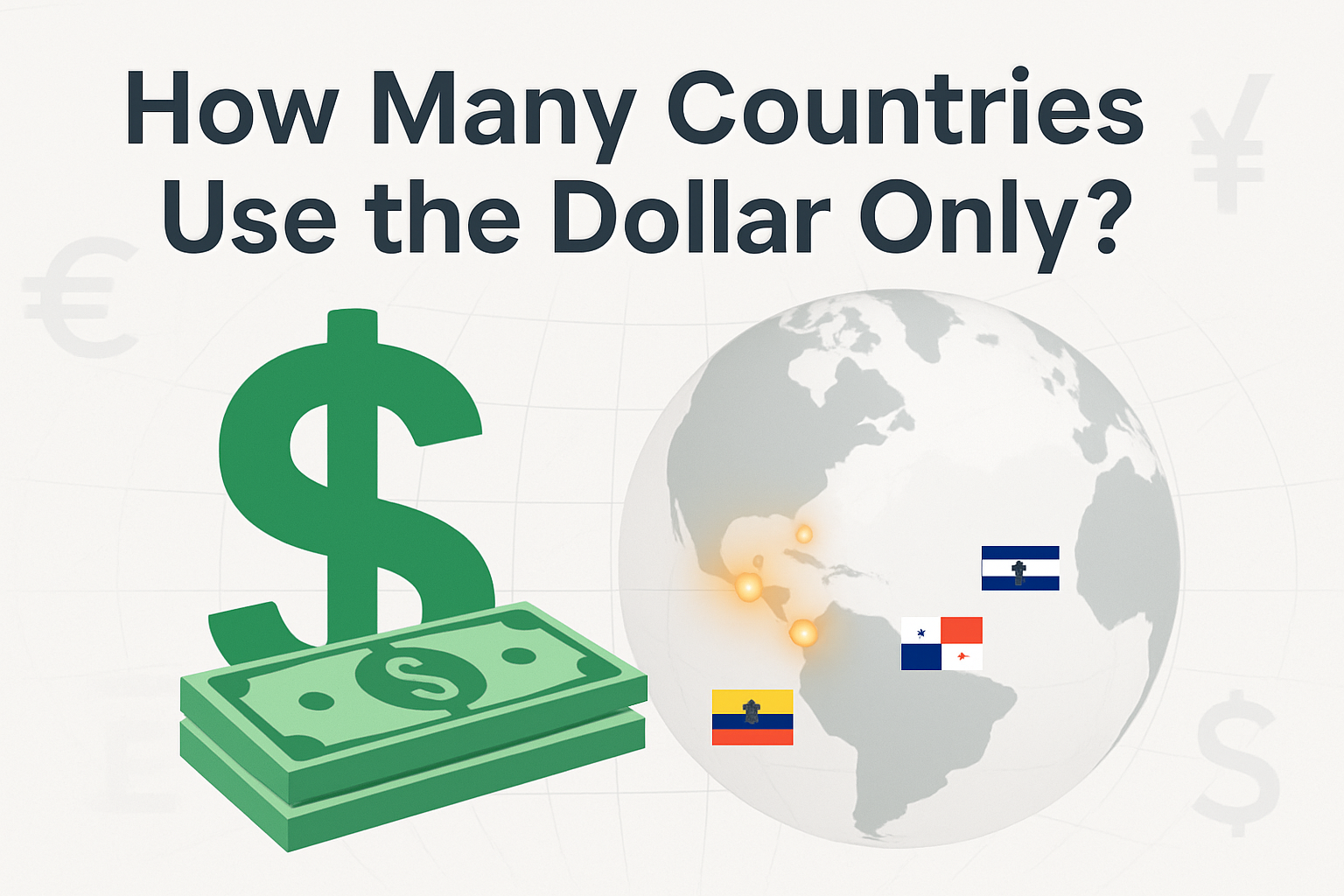
As of 2025, the following 17 entities officially use the USD as their exclusive or co-equal legal tender:
Seven U.S. territories, where the dollar is the natural currency:
Puerto Rico
Guam
American Samoa
U.S. Virgin Islands
Northern Mariana Islands
Ten independent and semi-autonomous nations with no separate currency:
Ecuador (since 2000)
El Salvador (since 2001)
Panama (since shortly after 1904)
East Timor (Timor-Leste, since 2000
Palau, Federated States of Micronesia, Marshall Islands (under U.S. compacts since 1944)
British Virgin Islands and Turks and Caicos Islands (British Overseas Territories)
Bonaire, Sint Eustatius & Saba—the Caribbean Netherlands—adopted it in 2011
Zimbabwe, which abandoned its currency and reinstated USD in 2020+
These jurisdictions rely exclusively on USD for transactions, savings, pricing, and budgeting.
Co‑Official Usage: Countries Pegged to the Dollar
A handful of nations maintain their own currencies but use the USD interchangeably and at fixed rates:
Panama (Panamanian Balboa pegged 1:1 to USD, coins only)
Liberia (currency floats, but USD widely accepted)
Lebanon, Cambodia, Aruba, Bahamas, Barbados, Belize, Bermuda, Costa Rica, Curaçao, Guatemala, Honduras, Jamaica, Mexico, Myanmar, Nicaragua, Saint Kitts & Nevis, Sint Maarten, and Vietnam all accept USD alongside their local currencies for many transactions, especially in tourism and trade.
These economies allow the use of USD for pricing, wage disbursements, or formal accounting to different degrees.
How Many Countries Use the Dollar in Total?
| Category |
Examples |
Count |
| Official Dollarised Nations |
Ecuador, El Salvador, Panama, Timor-Leste, Palau, Micronesia, Marshall Islands, etc. |
17 |
| U.S. Territories |
Puerto Rico, Guam, USVI, American Samoa, NMI |
5 |
| Co-Official/Fixed Pegs |
Cambodia, Bahamas, Belize, Liberia, Lebanon, Costa Rica, etc. |
~18+ |
| Total Official/Semi-Official Use |
Includes small territories and dependencies |
At least 35 |
| De facto usage |
Lebanon, Zimbabwe, border/tourist zones, high-inflation regions |
Many |
Breaking down the numbers:
Official Dollarisation: 17 territories/nations
Co-official or extensively accepted USD usage: another ~18+ countries
Total: Over 35 jurisdictions across the globe using USD in an official capacity
De facto usage in many others, particularly in tourism hubs and inflation-prone regions
Although the precise figure varies depending on definitions, at least 35 nations or regions utilise the dollar in an official or semi-official capacity, speaking conservatively. Many more rely heavily on the USD indirectly through trade practices and informal use.
Why Countries Dollarise
Dollar adoption stems from varied motivations, including:
Price stability & inflation control: Ecuador (2000) and Zimbabwe (2020) dollarised to recover from currency collapse.
Economic integration & trade facilitation: Panama, Palau, and Micronesia utilise the USD to simplify trade through strong connections with the U.S.
Pegged tourist economies: Bahamas, Belize, and Cambodia adopt the USD to attract tourists and promote international spending.
Remittances & U.S. dollar compacts help stabilise currencies and reduce forex costs in regions like Central America and the Caribbean.
Benefits and Drawbacks of Dollarisation
| Benefits of Using the US Dollar |
Drawbacks of Using the US Dollar |
|
Price Stability: Protects against hyperinflation and currency collapse |
Loss of Monetary Policy Control: Countries can’t set interest rates or print money |
|
Increased Investor Confidence: Attracts foreign investment and improves creditworthiness |
No Seigniorage Revenue: Governments lose profit from issuing their own currency |
|
Simplified Trade and Tourism: Easier for international transactions and pricing |
Exposure to U.S. Economic Policy: U.S. Fed decisions directly affect dollarized countries |
|
Lower Transaction Costs: Eliminates currency conversion fees and reduces volatility |
Reduced Flexibility in Crisis: Countries can’t devalue currency or stimulate economy easily |
|
Access to Global Markets: Facilitates access to global capital and trade networks |
Dependence on U.S. Stability: Economic or political issues in the U.S. can have direct impacts |
|
Strong Reserve Currency: USD is widely accepted and liquid globally |
Limited Financial Tools: Central banks have fewer instruments to manage domestic economy |
Beyond Official Uses: Dollar in the Global System
Reserve currency dominance: USD accounts for ~58% of global reserves and 88% of forex trades.
Pricing global commodities (Oil and Gold) locks in USD standards.
De facto dollarisation is common in places coping with weak currencies, like Lebanon or Venezuela.
As for the implications for global finance:
Policy calibration: U.S. Fed decisions ripple through dollarised nations.
Exchange rate risk: Countries with fixed exchange rates must modify their reserves as needed
Investment strategy: Dollarised economies may offer favourable investment climates but lack monetary reprieves.
Geopolitical leverage: The U.S. applies soft power, imposes sanctions, and utilises U.S.-focused financial frameworks like SWIFT
Future Scenarios: Dollar Dominance Under Threat?
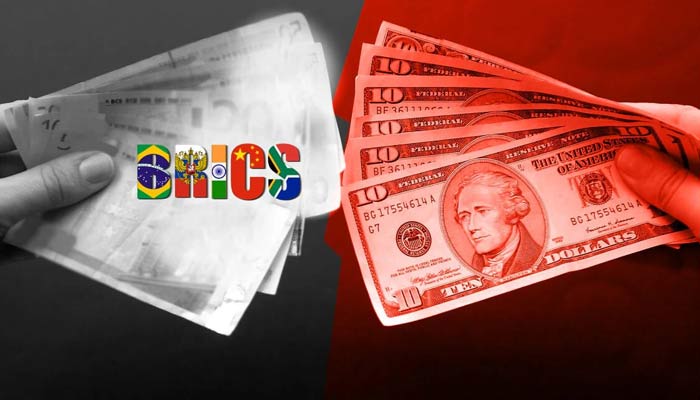
Emerging currency diversification initiatives such as stablecoins, brics-led payment systems, digital yuan, and euro reforms point to evolving alternatives.
However, replacing entrenched dollar systems remains a long-term challenge:
USD's deep reserves and liquidity
U.S. economic and legal infrastructure
Global trust in the greenback's stability
Currently, dollar supremacy remains uncontested as we approach 2026.
Conclusion
In conclusion, the U.S. dollar remains a vital anchor in the global financial system in 2025, with over a dozen countries officially using it as their primary currency and many more pegging their local currencies to its value.
With shifts in the global economy and the growing prominence of other reserve currencies such as the euro, yuan, and digital assets, the prospects for the widespread use of the dollar remain a crucial concern for both economists and investors.
Disclaimer: This material is for general information purposes only and is not intended as (and should not be considered to be) financial, investment or other advice on which reliance should be placed. No opinion given in the material constitutes a recommendation by EBC or the author that any particular investment, security, transaction or investment strategy is suitable for any specific person.
